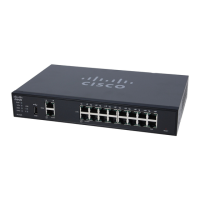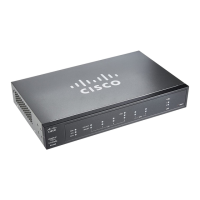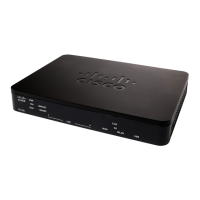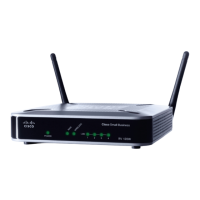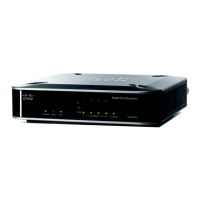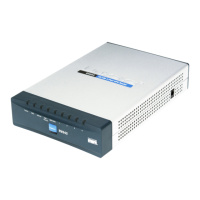6
Cisco RV320/RV325 Administration Guide 69
Port Management
Use Port Management to configure port settings and view the status of the port.
You can enable port mirroring, disable a port, or set the priority, speed, duplex
mode, and auto-negotiation. You also can enable port-based VLANs to control
traffic between devices on your network.
Configuring the Ports
You can set port mirroring and manage ports, including priority and mode. Port
mirroring sends a copy of network packets seen on one port to a network
monitoring connection on another port. This is commonly used for network
appliances that require monitoring of network traffic, such as an intrusion-
detection system. Port mirroring on a Cisco Systems switch is generally referred
to as Switched Port Analyzer (SPAN).
Network Engineers or Administrators use port mirroring to analyze and debug
data or diagnose errors on a network. This feature helps you to monitor network
performance and alerts you when problems occur.
NOTE When MAC Address Cloning is enabled, port mirroring does not work.
To enable port mirroring for RV320, check Enable Mirror Port. Incoming and
outgoing packets on WAN ports and LAN ports are copied to LAN1.
To enable port mirroring for RV325, check Enable Mirror Port. Incoming and
outgoing packets on LAN ports are copied to LAN1.
The following read-only information is displayed for each port:
• Port ID—Port number or name, as it is labeled on the device
• Interface—Interface type: LAN, WAN, or DMZ
Enter the following settings:
• Disable—Check this box to disable a port. By default, all ports are enabled.
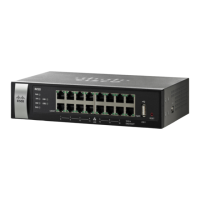
